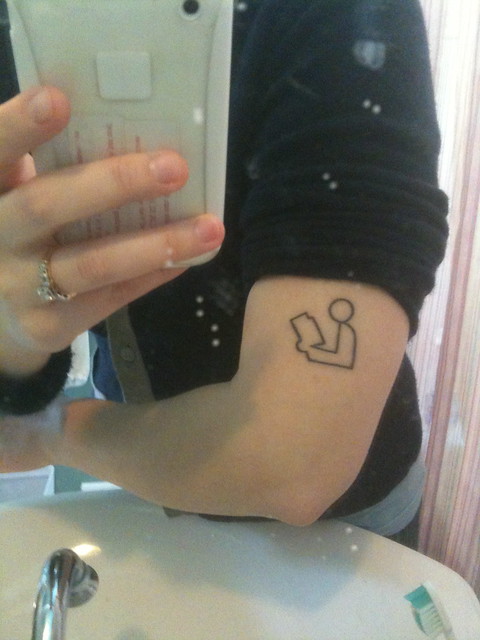Look at the diagram below. Which relationship type best characterizes the situation in your association between HQ and its chapters?
Relationship Type
|
Characteristics |
PARTNERSHIP
|
Both parties display trust, highly invested in the “good of the whole,” seeks high performance and innovation.
|
CORDIAL COOPERATION
|
Both parties get along with each other. Friendly on surface, but no real depth or commitment in their ability to collaborate. |
ADVERSARIAL
|
Both parties distrust each other. There is gossip, sabotage, low performance
|
Chances are, many readers of this article will sigh and then mutter, “I wish there was a true partnership between us and the chapters, but after so many years and given all the ups and downs in our relationship…”
“…in the last four months we’ve actually been partners.”
Take heart for it is possible to move from the “red” or “yellow” zones to the green zone on the chart. That’s a lesson I learned from Bob Foxworthy, developer of Trust-Based Leadership (with whom I had the pleasure of working on a project for the City of Fairfax Police Department).
Bob is best known for his work in building a partnership between Tropicana and CSX railroad. This case was discussed in Monty Roberts
Horse Sense for People. Monty is a world famous horse trainer whose “Join up” technique with horses has been a model for strengthening relationships in the workplace. Many companies, including Abbot Laboratories, Volkswagen, AT&T, Toyota and Disney have studied Monty’s techniques for use in their organizations.
Now, back to the Tropicana/ CSX partnership…This is the story of a turnaround in a 28-year, bad-business “marriage.” Orange juice, being a perishable product, must be shipped quickly from Tropicana’s processing plants to their distribution centers. Over a 28-year period, Tropicana had been dependent on the rail carrier CSX for those deliveries. For a variety of reasons, it had not been a good relationship.
With Bob Foxworthy’s help, management at both companies formed a Partnership Committee to build trust and focus on performance improvements. I know many readers will groan and say, “Another committee, big deal!” However, the results were impressive:
- In the first year, they realized $0.8 millions in increased revenue for CSX and reduced costs for Tropicana.
- Increased the number of railcars shipped out the Bradenton plant by 50%.
- Established a high-speed, cross-country delivery system cutting delivery time from 12-to-14 days to seven days.
The keys to their success included:
- Information was shared openly so both companies can thoroughly understand each other’s business – “nothing is sacred.”
- Partnership Committee members were given training in the principles and practices of trust-building (i.e., they were given the necessary skills and tool-kit for practical application).
- As part of the Partnership practices, all employee of either company could “catch someone doing something right” and present them with a peer award.
- They developed a “scorecard” so they had metrics: that way they could track success, levels of perceived trust, etc. In other words, they adhered to the maxim: if you want more of something, measure it.
Simply put, they took a systematic approach to repairing and building trust. Four months into the process, Gene Zvolensky of Tropicana addressed a meeting with representatives from both companies. “We’ve been doing business with you for twenty-eight years,” he said to his CSX colleagues. “And in the last four months we’ve actually been partners.”
The Bottom-Line: This story serves as proof that it is possible to achieve a trust-based partnership, even after years of poor relationships. If Tropicana and CSX were able to do it, then there's hope for your association and its chapters.



















